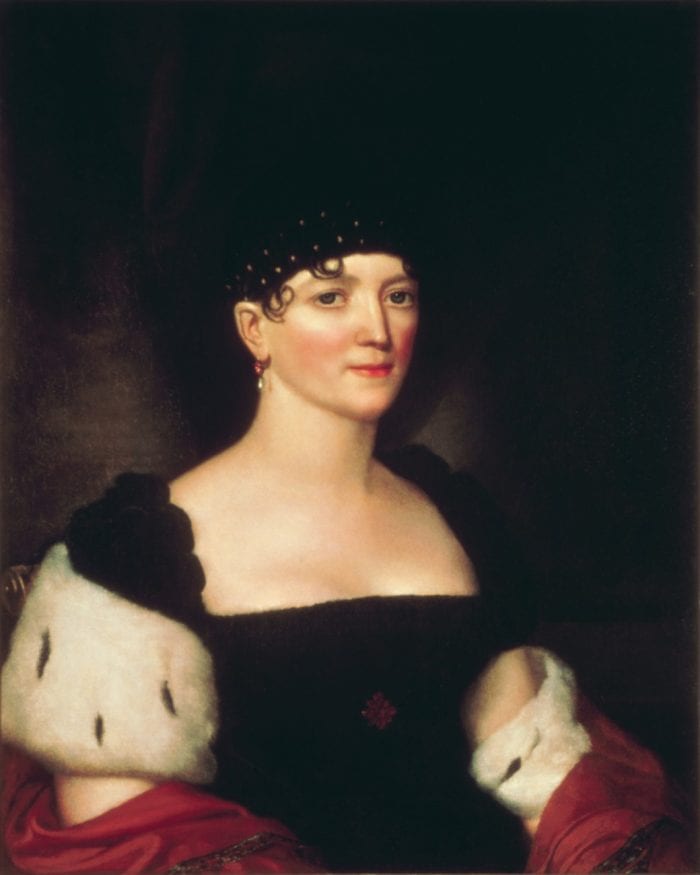A baroness and former leader of the British House of Lords, Margaret Jay, came to Stony Brook University to speak to us about “The new populism in America and Britain: What has happened to our politics?” The talk, which was open to the public and well attended, drew parallels between Trumpism and the Brexit movement in Britain and served as one way to understand our preelection frenzy.
Populism, as a political ideology, views virtuous citizens as mistreated by small circles of elites to be overthrown. In Britain, where jobs are drying up and wages have been stagnant for those 31-59 years of age for decades, migrants have been pouring into the country — some 330,000 in the last year, looking for jobs and a good life. Citizens are angry. The landscape has changed and a common cry is, “I don’t recognize the town I grew up in,” as a result of the changes. As a member of the European Union, Britain had open borders for laborers throughout the 28-member countries even as British workers could in turn move anywhere within the EU from Britain.
Baroness Jay of Paddington, daughter of former Prime Minister James Callaghan, told us that there are four times as many Brits collecting unemployment insurance in Germany as there are Germans collecting unemployment in Britain. Nonetheless, the “elites” and the politicians are seen by the British middle class as being unresponsive and only self-serving, and there is a deep sense of insecurity in the country. In such an environment, the message, “Support Brexit to take back control,” resonates and sounds not dissimilar to “Make America great again.” These slogans would seem to pit the common people against the top 1 percent.
Leaders of populist movements have certain characteristics in common, as the baroness pointed out. They tend to be blunt to the point of crude. The media loves them for their irresistible sound bites and the attention they draw from the public, and offers them a platform. Interestingly in this comparison of Britain and the United States, those who would speak “for the people” are not actually “of the people.” They feel none of the economic insecurities but seek to identify with the millions of citizens. That is certainly the case with “billionaire” Trump and also the leaders of the Brexit campaign, who are from the upper classes.
Populism is spreading in Europe. Will it spread here? That is the question Margaret Jay poses for us.
For the United Kingdom, there are other serious issues. Will the four parts of the country stay together? Scotland and Northern Ireland resoundingly voted to stay in the EU, while Wales and England voted to leave. Also there is what the baroness described as an “unpleasant divide” between foreign workers, who are increasingly viewed as taking away jobs, benefits and even lifestyle, and the citizens. The Brexit vote seems to have given legitimacy to the antagonisms. Then there are the matters of making separate trade agreements with 27 other countries, and the pound sterling exchange rate.
Meanwhile what has Brexit done to the rest of the EU? Other countries, with similar movements, are stirring. There is even the thought that the Brexit vote may have caused matters to improve elsewhere, as politicians heed the message sent by the voters.
The solution, proposed by Baroness Jay, lies in rebuilding the center. We must not become fortresses of isolation, she warns, either in trade or of xenophobia. Pluralism and diversity are the way of the future, and in the U.S. these ideas are baked into our democracy. To rebuild the center involves a role for education. Tellingly some 75 percent of the more educated in Britain voted to stay in the EU, while about the same number, 75 percent of the less educated, voted to leave. The latter are those for whom the present system is not working. And while this picture of current politics, is specific to Britain at the moment, the dark and unpleasant nature of this past Sunday’s presidential debate here would urge us to pay further attention to the people whose needs are not being met.






